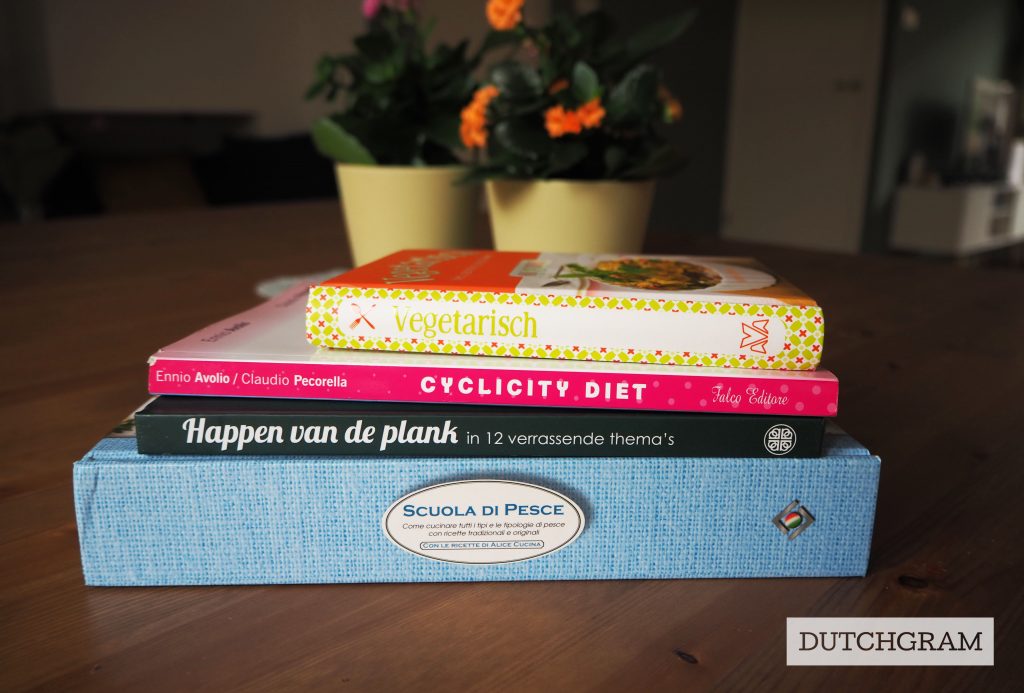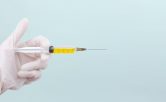The cyclicity diet
Autumn is here, with its shorter and darker days, time for that sort of nostalgia and the after-holidays-resolutions to kick back in. After the relaxed days at the beach or at home at mama’s, many of us look back at the eating regime.
Every year there is a new trend popping out, and often they are not much more than just a trend, indeed. But this year I have read about The Cyclicity Diet – and that made a completely different impression on me. In fact it is not finalized to weight loss only, but to the overall well-being of the woman and her longevity, by assessing the various needs at different moments in the woman’s cycle.
The book has been written by two nutritional biologists Ennio Avolio and Claudio Pecorella. The regime has been clinically tested in the Department of Experimental Medicine and Surgery of Università di Roma Tor Vergata (I couldn’t find any related scientific publication yet though).
The book provides the fundamentals, a food plan divided into 28 days for young women, one for the transition to menopause and one for the menopause (both 7 days long). These plans aim to counteract the inflammation of metabolic origin in order to restore normal biochemical pathways.

The physiological principle
The whole study and diet are based on the idea that the needs change during the phases of women’s cycle, following the variations in the hormone levels. Hormones and nutrition are doubly connected: hormones influence the way we eat and our needs, and reversely food has an effect on the physiological response. The cycle can at higher level be divided into two phases:
Days 1-14/17 fullicular phase
Higher level of oestrogen: hunger and energetic intake are lower; better glycemic balance.
Days 14-28 after-ovulation phase
The level of progesterone increases, while the level of serotonin decreases: elevated desire of fat and sugar, moody feeling. The metabolism and management of sugars by insulin change, and therefore should change the diet.
Food and sport advice
Following the physiological fundamentals summarized above, it is possible to regulate diet and sport in order to maximize health. Foods are not labelled as good or bad, but they are chosen in the different phases of the cycle because their macronutrients have different properties and effects on the weight. Food and physical activity can thus be regulated as follows:
Days 1-14/17 follicular phase
Food
food with diuretic effect (against water retention) and intermittent fasting limited to the second half (for its anti-inflammatory effect)
Physical activity
(1-4) low intensity activity: walking, stretching, meditation, yoga
(5-11) slowly more intense: 2X weights and 2/3X cardio training
(12-14/15) moderately heavy: weights and cardio training
Days 14-28 after-ovulation phase
Food
protein foods (allowing space for chocolate)
Physical activity
(16-21) moderately heavy: weights and cardio
(22-28) slowly reduce intensity
When to start: it is advised to start the first till the fifth day of the cycle, because that’s the moment you feel more energetic, tonic and positive.
Menopause
After menopause (no matter what age) the loss of oestrogens increases the synthesis of total adipose tissue and modifies its distribution, leading the woman to gain weight also by eating small amounts of food. The change in the concentration of these ovarian hormones in menopause tends to alter also the energy balance, making the control of weight even more complicated. The seven-days plan aims at optimizing the calories intake based on the needs of the transition and menopause phases.

I just got the book, and I can’t wait to go through it in more detail.
Have a nice Sunday!
* This article is the outcome of a collaboration with The Ciclicity Diet. It is my reworking of the press release (Lara Luciano. 31 May 2018, Cosenza).
NB. The book is currently written in Italian. The authors could not provide information on translations to other languages, but I will share news as soon as I get to know them.







